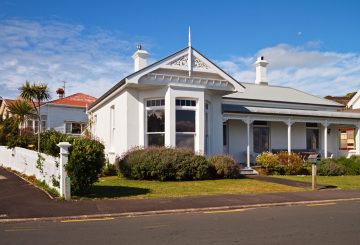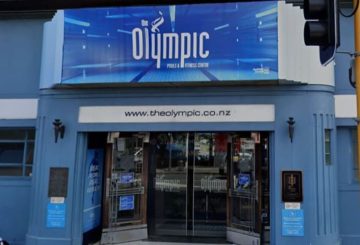Bắt đầu từ thứ Hai, cuộc sống sẽ trở nên hợp lý hơn đối với nhiều người New Zealand do những thay đổi sẽ có hiệu lực vào ngày 1 tháng 7, theo Thủ tướng Christopher Luxon. Một thay đổi đáng kể là loại bỏ thuế nhiên liệu khu vực Auckland, giúp người lái xe tiết kiệm 11,5 xu mỗi lít. Luxon nhấn mạnh rằng khoản tiết kiệm này rất đáng kể, đặc biệt là trong thời kỳ tài chính đầy thách thức.
Bất chấp việc loại bỏ thuế nhiên liệu, chính phủ sẽ tiếp tục đầu tư mạnh vào giao thông vận tải, bao gồm cả ở Auckland. Luxon cũng đề cập rằng gần 4 tỷ đô la đã được phân bổ để sửa chữa và ngăn chặn ổ gà trên đường cao tốc tiểu bang và đường địa phương trong ba năm tới. Số tiền này bao gồm 478 triệu đô la cho phòng ngừa ổ gà ở Auckland, tăng 74% so với giai đoạn ba năm trước đó.
Kinh phí cho các dịch vụ giao thông công cộng trên toàn quốc cũng sẽ tăng 41% so với ba năm trước. Một thay đổi khác có hiệu lực vào ngày 1 tháng 7 là khoản hoàn trả FamilyBoost mới. Điều này sẽ cho phép các gia đình có trẻ nhỏ yêu cầu hoàn lại tới 25% học phí giáo dục mầm non của họ, tối đa là 150 đô la mỗi hai tuần.
Nghỉ phép có lương của cha mẹ cũng sẽ tăng lên, với mức lương tối đa hàng tuần tăng từ $712,17 lên 754,87 đô la. Luxon tin rằng những biện pháp này sẽ giúp hỗ trợ các gia đình trong giai đoạn đầu quan trọng của cuộc đời trẻ.
Luxon thừa nhận những thách thức kinh tế mà New Zealand đang phải đối mặt nhưng vẫn lạc quan. Ông chỉ ra các dự báo Ngân sách của Bộ Tài chính, dự đoán triển vọng cải thiện, với lạm phát được kiểm soát, lãi suất giảm và tăng trưởng phục hồi. Ông cũng lưu ý rằng giá thực phẩm đã có mức tăng nhỏ nhất kể từ tháng 9 năm 2018.
Luxon kết luận bằng cách nói rằng chính phủ sẽ tiếp tục xây dựng lại nền kinh tế để người lao động, doanh nghiệp và gia đình có thể thịnh vượng. Ông tin rằng các biện pháp chi phí sinh hoạt đang được thực hiện sẽ giúp người New Zealand vượt qua những thời điểm khó khăn này.






























































